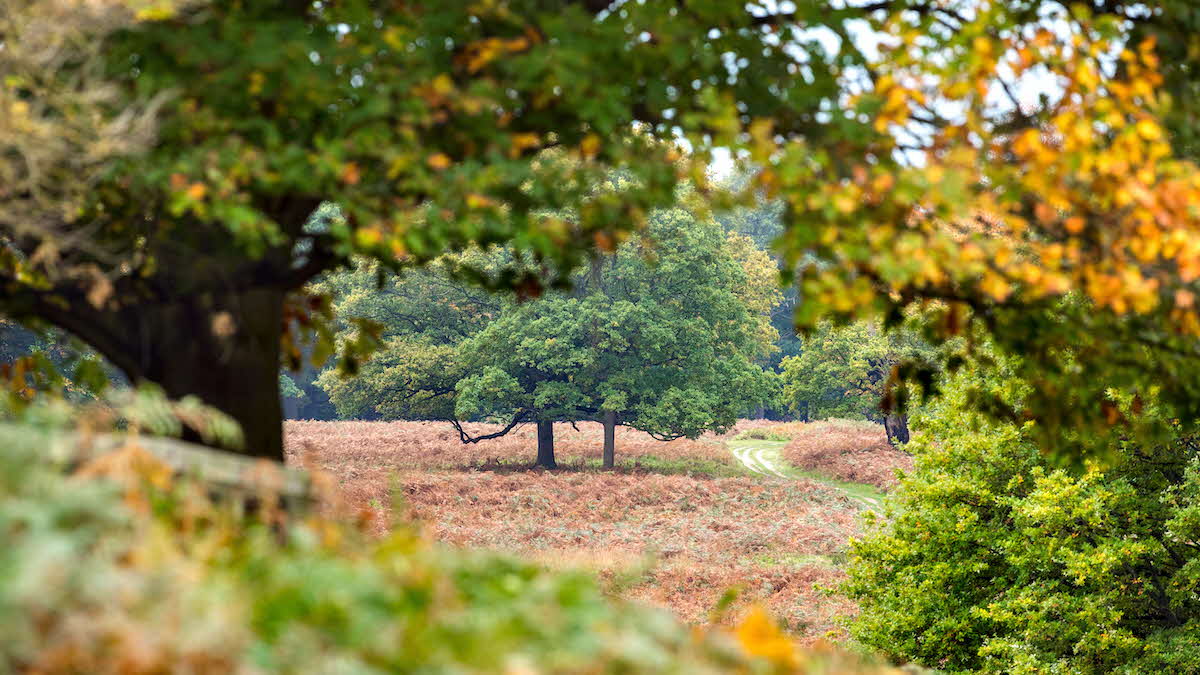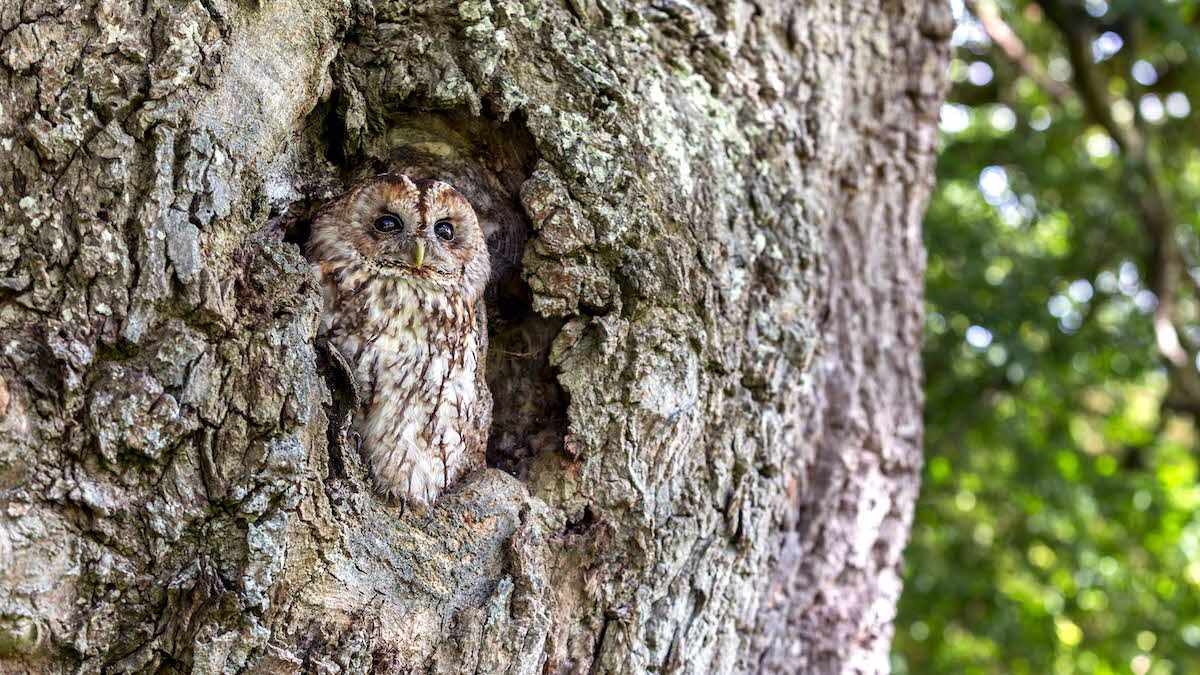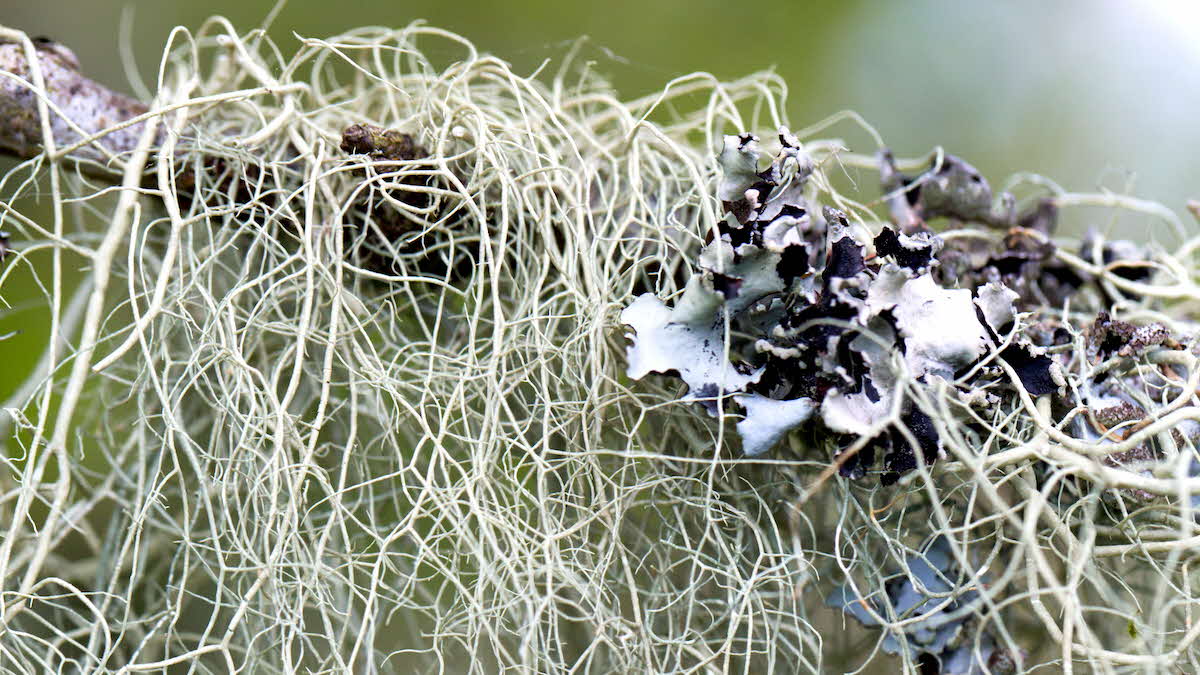Top nature campsites
You’ll be amazed at the variety of animals to spot on some of our Club campsites
View our top nature campsitesParkland is an important habitat for ancient trees that support a vast array of wildlife. David Chapman explains
 A mix of mature trees and open grazing land is typical of parkland or wood pasture
A mix of mature trees and open grazing land is typical of parkland or wood pasture
Parkland is a habitat that features mature trees, scattered in an open, often grazed, countryside consisting of grass or heathland plants. The creation of this type of landscape has largely been a result of human intervention, so it brings with it an interesting history and natural history.
The term ‘parkland’ is often used interchangeably with ‘wood pasture’, but the two habitats are slightly different. In parkland the arrangement of the trees tends to be planned and the scenery more tamed, whereas wood pastures have a wilder appearance.
The establishment of wood pastures dates back to the time when humans roamed the countryside and would take shelter in woodlands, grazing their animals in clearings. Although we lost a lot of mature trees to felling after the Norman Conquest, the best remaining wood pastures and forests became the property of the Crown and were used as hunting grounds; great examples include the New Forest and London’s Royal Parks.
Over time even these hunting grounds diminished in size. Some were walled and redesignated as deer parks; these spaces were managed by humans and lost their wild ‘wood pasture’ feel for something more manicured. Deer parks were a symbol of wealth and stature in the 18th century, which led to an increase in parkland. Many wealthy families had their estates designed by the likes of Capability Brown and Humphry Repton, both of whom embraced the idea of growing trees in a landscape that could be browsed by deer. This is essentially when parkland as a habitat was first created.
 Tawny owls nest in holes found only in mature trees
Tawny owls nest in holes found only in mature trees
The most obvious feature of parkland and wood pasture is wonderful, old trees. It’s tempting to think that woodland is the best place to look for the oldest specimens, but generally trees live longer in parkland and wood pasture. Woodland trees have to compete for light and nutrients in their denser environments; they will characteristically grow tall and thin and are more susceptible to collapse. In parkland or wood pasture, trees have a lower spreading shape and greater access to light and nutrients, so they will generally be stronger and live longer.
Trees in parkland are also more likely to receive special attention because they are more individually significant to the landscape. The management of these trees also helps extend their lives. Many parkland trees have historically been pollarded, which stimulates fresh and vigorous growth, and can give the tree many more years of life.
As a result, this type of habitat is the best place to look for ancient trees and veteran trees (those which are not necessarily old but showing signs of decay). Many of our parklands and wood pastures contain specimens that are more than 500 years old. Though most of these are likely to be oak, there are also some impressive sweet chestnut, beech and, across the border, Scots pines.
These mature trees provide vital support for other species. They produce a bounty of seeds and nuts which are taken by birds, such as jays and even hawfinches, as well as a range of mammals including badgers and wood mice. As the trees mature, they begin to decay, which provides an opportunity for fungi to grow – one of the most common species found on oak is the beefsteak, and on beech we regularly see the artist’s bracket. The decay of branches that have fallen to the ground is accelerated by the burrowing of beetle grubs. Stag beetles and lesser stag beetles, ground beetles, bark beetles and click beetles all live in this type of habitat, their larvae being eaten by woodpeckers and parasitised by ichneumon wasps. In fact there are 2,000 species of insect in Britain dependent on the decay of wood.
The amount of wildlife supported by a tree increases as it gets older. Its nooks and crannies are home to several species of bat and even more birds. Spotted flycatchers love the juxtaposition of the old trees where they nest, and open spaces, into which they fly to catch insects.
All three woodpeckers are found in parkland, where they nest in tree holes, but it is the green woodpecker that is most closely tied to this habitat because it comes to the ground among short grass to feed on ants.
Other birds that nest in tree holes include tawny owls, little owls, jackdaws, nuthatches and, most commonly around London, ring-necked parakeets. With sunlight, space and fresh air, a number of lichens – many of them unusual – grow on old trees. At one parkland location near me, in Cornwall, more than 130 different species of lichen have been recorded.
 This beard lichen grows on trees where there is a clean atmosphere
This beard lichen grows on trees where there is a clean atmosphere
Parkland and wood pasture habitats face a range of threats. Diseases such as ash dieback and sudden oak death might be the most obvious but there are other potential problems.
Some wood pastures can become overgrown with scrub. If left unmanaged or under-grazed, the gaps between mature trees can become populated with other trees and, though this is a natural process, the really old trees lose light and struggle to survive. Elsewhere, in some parklands there aren’t enough middle-aged trees coming through to replace the really old ones when they eventually collapse.
I suppose this emphasises the historic nature of our parkland and wood pastures. These habitats take hundreds of years to develop. Fortunately, our understanding of habitat management is evolving, and many of our best parklands and wood pastures are now managed with greater sensitivity.
Each month I will show you a photo of something from the natural world. It might be a close-up or a subject that is difficult to identify. All you have to do is figure out what it is! No clues or prizes – it’s just for fun. (I will tell you the identity of this creature (below) next month, but if you can’t wait, download the Digital Magazine.)

February 2023 issue answer: the sundew, an insectivorous plant.